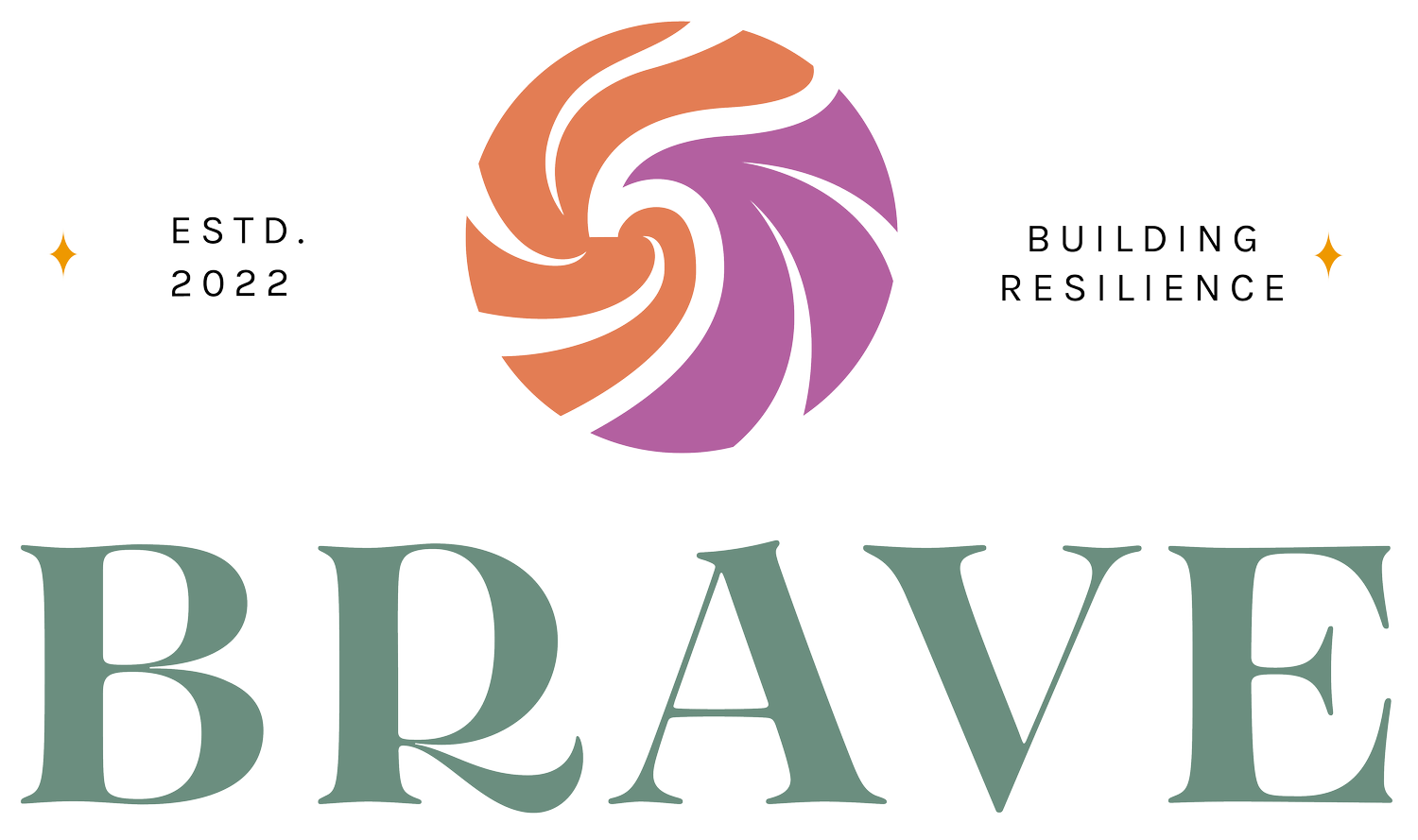The Weight We Carry: Turning Vicarious Trauma into Strength as a Trauma Therapist
Being a trauma therapist is a complicated business - we love the work we do and know that it can be heavy.
Even when we do this work with eyes wide open, it's easy to find ourselves teetering on the edge - we know we're "supposed to" take care of things like vicarious trauma but knowing isn't the same as doing.
That head/heart connection stuff is often at the heart of this challenge in managing vicarious trauma and therapist burnout.
Even if you feel stuck right now, know that turning vicarious trauma into your strength and super power as a trauma therapist is just within reach!
Naming the Weight: Recognizing the Gravity of Trauma Work
Early on in my career as a trauma therapist, I thought I could carry it all. I believed it was my job—not just professionally but personally—to shoulder every ounce of pain my clients brought into the room.
And I’ll never forget my first clinical supervisor sitting me down and reminding me: “You are not Superwoman.” (Still not convinced she was right! 😉)
At the time, I did everything I could to be Superwoman, despite my supervisor’s warnings, and to white knuckle my way through the work.
I set all the boundaries, “left work at work” (whatever that even means), and built a brick wall between my professional and personal life.
None of it worked.
Which meant I had to learn some things the hard way…especially the fact that the weight of trauma work isn’t something we can just push away.
Just as we teach our clients, avoiding it only strengthens its grip. Instead, it’s something we have to process, another place where we can take a page from our clinician book!
Metabolizing the Weight: Turning Vicarious Trauma into Strength
Processing the weight of trauma work is an active practice. It requires presence, awareness, and reflection—just like the healing work we do with our clients.
One of the ways I’ve started to metabolize that weight is by borrowing a tool I often use with clients: staying in my body.
After an especially tough session, I take a few minutes to sit quietly and first notice where I’m holding tension—my shoulders, my jaw, my chest.
Then, I take some slow, deep breaths, each time visualizing myself releasing the weight with the exhale. I let myself breathe as long as I need (or if I’m short on time I’ll set a timer with a calm sound at the end, like a singing bowl, so I’m not jarred back into reality!).
Once I return from focusing on and being with my breath, I do my best to take a moment to reflect on one thing I did during that session that I’m proud of.
It could be as simple as staying present during a tough moment!
This is important because it helps to provide a counterweight to all the heaviness while honoring the incredible work we do.
Finding Light in the Darkness: The Role of Vicarious Resilience
If vicarious trauma is the weight we carry, vicarious resilience is the light we find along the way.
It’s the glimmers of hope—the moments when a client sets a boundary for the first time or reconnects with a part of themselves they had avoided.
These moments are small but profound, and they remind us why we do this work.
One of the most powerful things we can do as trauma therapists is notice and reflect on these moments of vicarious resilience. For me, it’s become a practice of looking for the light in every session, no matter how dark it might feel.
And the more I reflect on those moments, the more they fuel me. It’s like tapping into a renewable energy source that keeps me going, even on the hardest days.
Tools for Trauma Therapists: Tracking Trauma and Resilience
To help you on this journey, I’ve created two free tools: the Vicarious Trauma Tracker (plus bonus mini-course!) and the Vicarious Resilience Tracker.
These tools are designed to honor the full spectrum of your experiences as a trauma therapist.
The Vicarious Trauma Tracker helps you name how vicarious trauma shows up for you emotionally, physically, relationally, and occupationally. By processing these feelings instead of avoiding them, you prevent them from getting stuck.
The Vicarious Resilience Tracker focuses on the moments of hope and strength that remind you why you do this work. It helps you understand what vicarious resilience looks and feels like in your body, making it easier to access as a source of strength.
Using these tools together allows you to see both sides of your experience: the weight and the light.
They’re simple but powerful ways to reflect, recharge, and reconnect with the work you love.
Your Work Matters, and So Do You
Processing the weight of trauma work while celebrating its moments of growth isn’t just about surviving as a trauma therapist—it’s about thriving.
By integrating practices like reflection, breathwork, and tracking resilience, you can transform vicarious trauma from a burden into a strength.
Are you ready to take the next step? Grab the Vicarious Trauma Tracker and Vicarious Resilience Tracker today.
They’re free tools designed to support you as you honor the full spectrum of your experience as a trauma therapist.
Because the work you do matters. And so do you.






